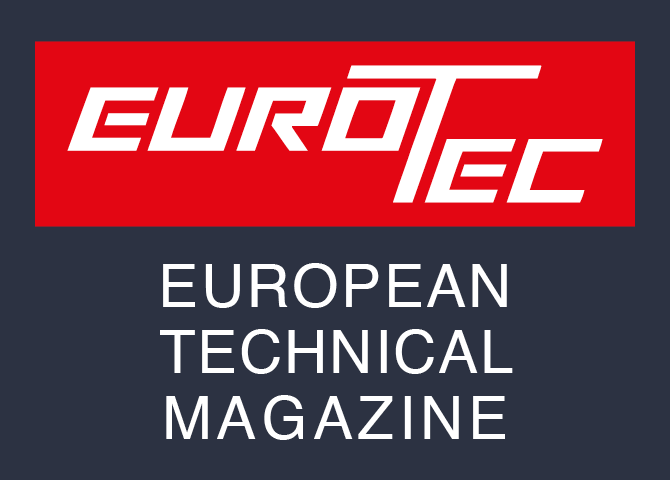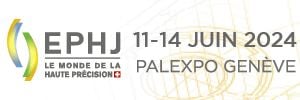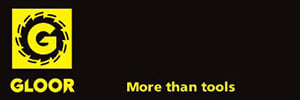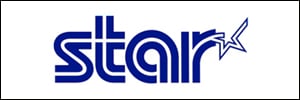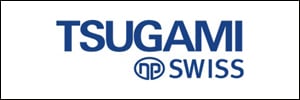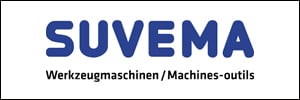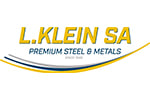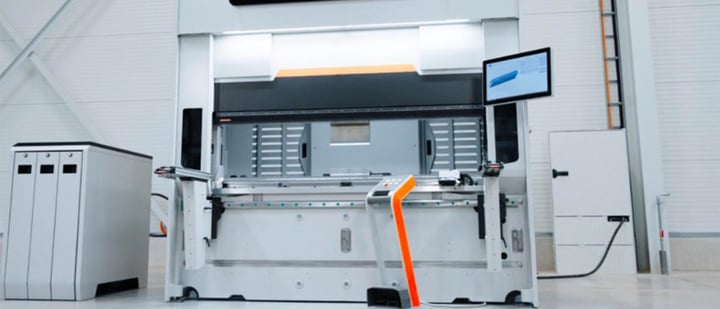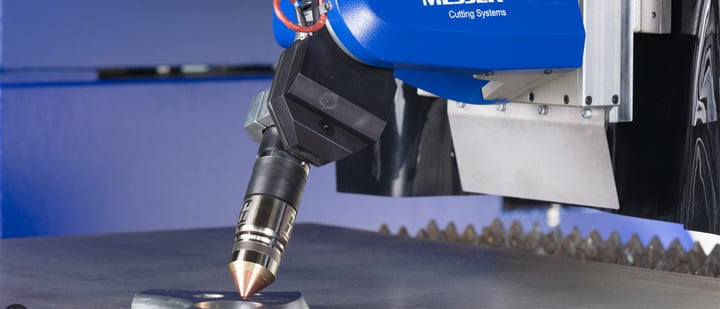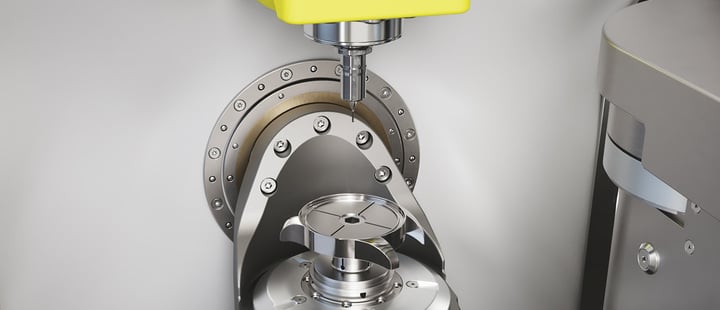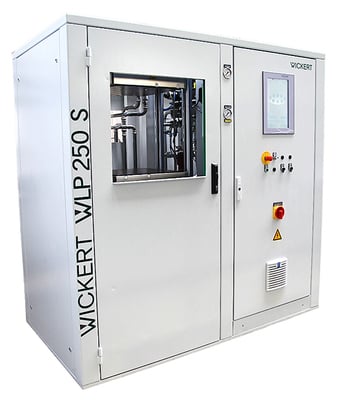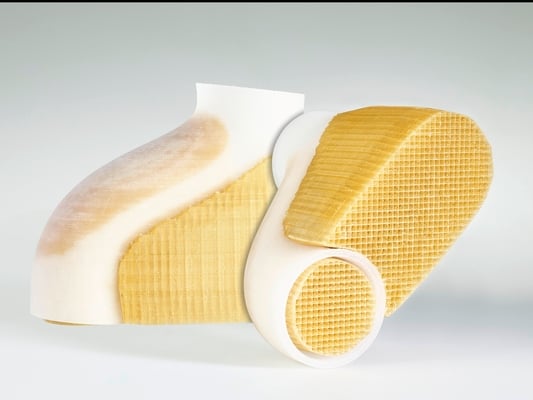Nanoscribe presents a novel high-speed 3D printer, the Photonic Professional GT. It is the world’s fastest commercially available 3D printer for micro and nanostructures. Nanoscribe’s next-generation 3D printer enables very fast and highest-resolution manufacturing of three dimensional micro-objects, which are often smaller than the diameter of a human hair.
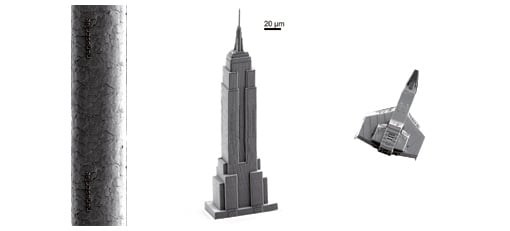
The printing speed was increased hundredfold by employing a new laser lithography method, enabling completely new applications.
Speed: minutes turn into seconds The significant increase of the printing speed was achieved by implementing a galvo mirror system similar to those used in laser show devices or scanning units of CD and DVD drives. Reflecting a laser beam off the rotating galvo mirrors facilitates rapid and precise lateral laser focus positioning.
Space shuttle in minutes Just for comparison: Using the novel system, the time required for printing a miniature spacecraft was reduced from hours to minutes without any loss in structure quality! The company’s customers will profit tremendously from the extended application range of those product. The GT version of the Photonic Professional will be equipped with a new modular controller, which facilitates the introduction of optional hardware extensions in the future. Various new features have also been integrated into the software. The electronics cabinet has been redesigned for a more elegant and modern appearance.
Mechanism: Two-photon Polymerization The direct laser writing technique underlying the 3D printing method is based on two-photon polymerization. Just as paper ignites when exposed to sunlight focused through a magnifying glass, ultra-short laser pulses polymerize photosensitive materials in the laser focus. This crosslinking of polymer chains renders the exposed volume insoluble relative to its unexposed environment. After washing away the unexposed material in a developer bath, the exposed regions remain as self-supporting 3D micro- and nanostructures.

.
Nanoscribe GmbH E-Hermann-von-Helmholtz-Platz 76344 Eggenstein-Leopoldshafen Tel +49 721 60 82 88 49 Fax +49 721 60 82 88 48 [email protected] www.nanoscribe.de www.facebook.com/nanoscribe
.
.
.
...brought to you by Eurotec-Online.com
